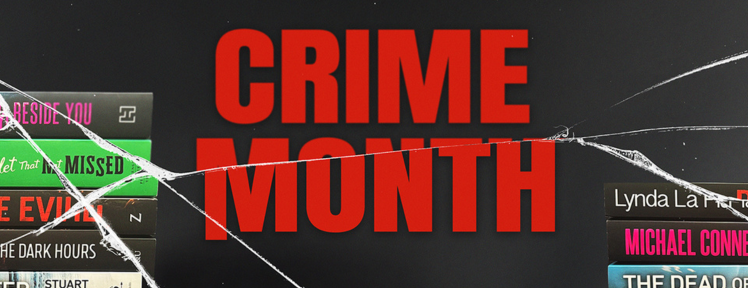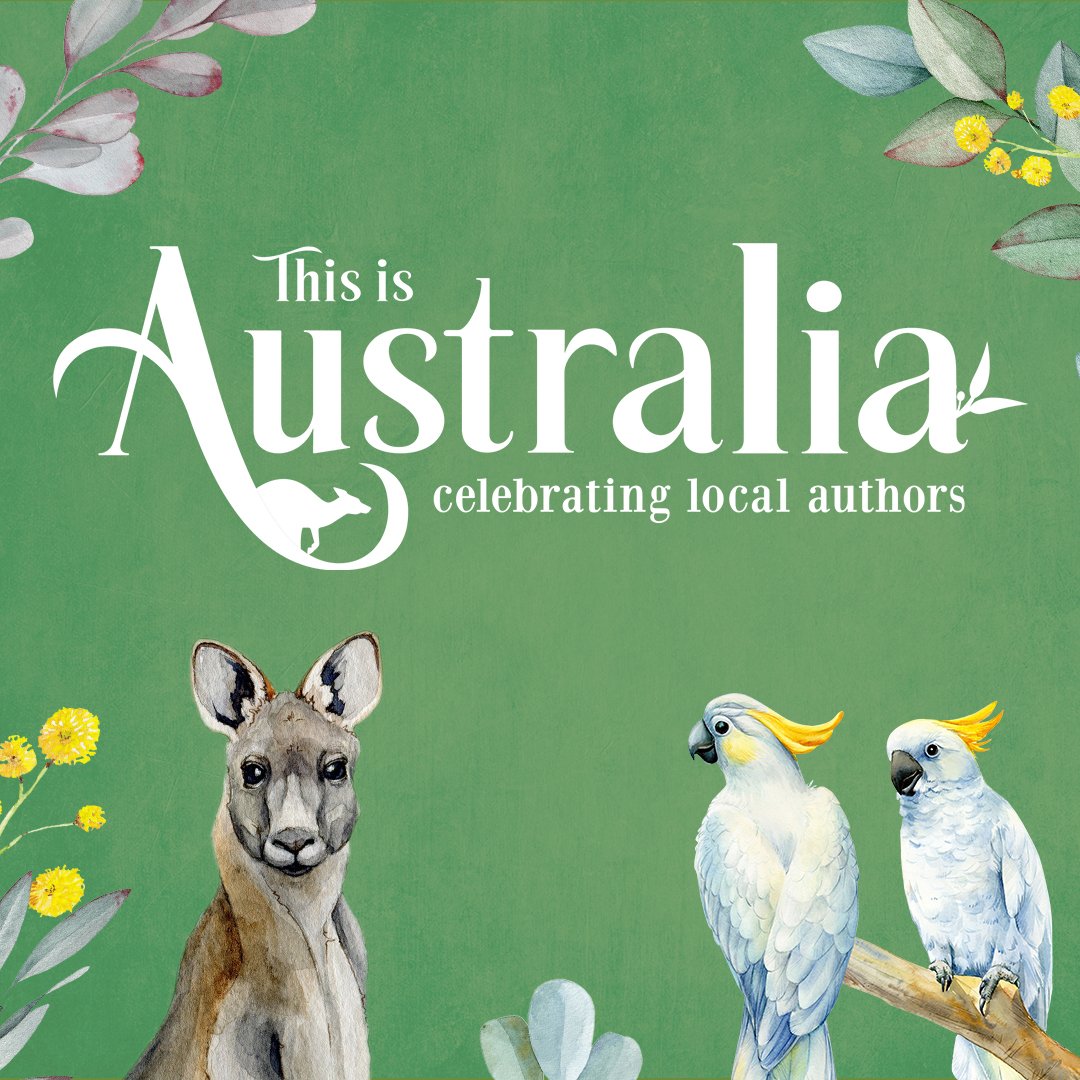Isabelle Duff is a farmer, author, and soon-to-be student at the University of New South Wales. Cookie is Isabelle’s first book, written when she was just 19 years old. Susannah Crispe is a Canberra-based children’s book illustrator, inspired by a background in zoology and art history, and a love of beautifully crafted books.
Today, Isabelle and Susannah are on the blog to take on our Ten Terrifying Questions together! Read on …
1. To begin with why don’t you tell us a little bit about yourself – where were you born? Raised? Schooled?
ID: I was born in Young, NSW, where I lived until I was ten, we then moved to Manildra, which is 50kms west of Orange. I have lived on a farm my whole life; I love being outside, getting covered in mud and playing with the dogs. I went to wonderful, tiny primary school near Young, and spent every waking moment I wasn’t at school out on the farm; riding my pony, helping Mum and Dad with the stock or going on adventures along the creek with my brother.
SC: I was born in Wellington, New Zealand and moved to Australia when I was three. I grew up in beautiful Bowral, New South Wales, and went to Oxley College. I continue to go back to New Zealand to see family every year or two.
2. What did you want to be when you were twelve, eighteen and thirty? And why?
ID: When I was three I told my parents I wanted to be “a real cowgirl,” and I feel pretty much the same now. I absolutely adore the farm and hope to move back home to work there after university. I can’t imagine living anywhere except the bush, I want to live somewhere with lots of trees and hills and a creek, and plenty of space for the dogs to run around.
SC: When I was twelve, I wanted to be an artist like my grandmother. At eighteen I wanted to be a gallery curator and went to Sydney University to study art history. At thirty, I finally realised I wanted to be an illustrator and began illustrating wildlife.
3. What strongly held belief did you have at eighteen that you don’t have now?
ID: I grew up with the perception that experiencing mental illness meant there was something wrong with you. A lot of people think mental illness is just thoughts inside your head, but it is important to realise it is just as serious as a physical sickness. If you had a friend with a broken leg, you would never say “you’re making it up” or “it’s not that bad,” and of course, you would expect them to go to the doctor, and get a caste to fix it. We need to approach mental illness more like this. Sadness, or feeling anxious, are emotions and sometimes they go away after five minutes, or an hour or the next day, but when someone feels sad all the time, they need help too. They don’t have any more control over that than your friend with a broken leg does.
SC: At eighteen I thought I could convince people to change their opinions using logic and evidence based arguments. I’m not so naïve now.
4. What are three works of art – this could be a book, painting, piece of music, film, etc – that influenced your development as a writer/illustrator?
ID: My Farm, by Alison Lester, was my favourite book when I was little. The main character was just like me, all she wanted was her very own Palomino Pony for Christmas. I was so lucky to grow up in a place where I could have a pony; her name was Bindy, and she was grey, not Palomino, but she was perfect.
I read Pride and Prejudice with my dad when I was 10, I didn’t understand a lot of the words, but it was the first grown-up book I ever fell in love with. It has always made me think that it’s cool to be a little bit nerdy.
Mum gave me A Fortunate Life by A.B. Facey when I was 15. It is the sort of book that changes how you think about everything; it taught me how important it is to be optimistic and to be grateful for the love in your life, whether that’s your family and friends, the land around you or your pets.
SC: When I visited the Byzantine mosaics in Ravenna, Italy, I was moved to tears. It made me realise that art is a fundamental part of who I am.
The Alhambra palace and fortress in Spain, while not strictly speaking a single work of art, is an incredible work of architecture and garden design. I attended a classical flamenco performance inside the palace and the combination of music, dance and architectural brilliance inspired a deep sense of wonder that has never left me.
I remember my parents reading me Rosie’s Walk by Pat Hutchins when I was young and as an adult, I have also loved reading it to my son. The simplicity of Pat’s words and colour palette are so clever, and I love that the words tell one story, while the illustrations tell a different, parallel story.
5. Considering the many artistic forms out there, what appeals to you about creating a children’s book?
ID: Without being so cliché as to say that children are the future, they are. We don’t give them enough credit for how accepting they are, often a lot more so than adults. I think that by helping kids understand others’ experiences we can build a more empathetic, caring society.
SC: The act of a parent reading to a child is an incredible bonding moment, and reading books inspires empathy and creativity, and provides windows into other worlds. For most children, their first exposure to art is through the form of picture book illustrations. It is such a privilege to create books for children.
6. Please tell us about your latest book!
ID: In early 2019 I was diagnosed with acute depressive disorder and anorexia, on top of serious anxiety that I had been battling for a while. My life seemed to fall off a cliff completely, I was in my HSC year and had been getting fabulous marks, and suddenly I couldn’t go to school. By my 18th birthday I had missed 7 months of school, and was at an all time low. But my parent’s gave me my dog, Saffy, for my birthday. He changed everything, it was still an incredibly hard process, getting better, but Saf made it possible. He gave me a reason to get out of bed everyday.
Cookie is about me, and how I felt and all the love I have for my gorgeous dog, but it is also about my family, how much my illness hurt them. It isn’t just about childhood depression and anxiety, not just for the kids that can relate to Girl’s feelings, but about empathy. It is for the kids that don’t understand why their sibling, cousin, parent, friend etc. is so sad. But most of all, Cookie is about the wonderful love between a pet and their person, and for all the puppy lovers in the world.
SC: Cookie is a beautiful and touching story by Isabelle Duff about the love between a dog and his Girl. Reaching beyond this, Cookie gently explores the world of childhood mental illness.
7. What do you hope people take away with them after reading your work?
ID: Growing up, I had no idea what mental illness was, it wasn’t until high school people started talking about it, and even then it was covered in judgement and shame. It is so important kids learn about mental illness. They need to know that having depression, or anxiety doesn’t make them “messed up” or damaged, that it isn’t something they should have to hide. I want this generation of kids to grow up knowing they are allowed to ask for help and allowed to have scary emotions, and that there is help out there for them.
SC: I hope that children see the importance of empathy and understanding, and that families can use Cookie to invite open dialogue about depression, anxiety and mental illness.
8. Who do you most admire in the writing or illustrating world and why?
ID: Alison Lester. Growing up, my brother and I loved her books so much that 15 years later, our parents can still recite all of them. I love the imagination in her books, and the wonder she inspires. She made our adventures through the paddocks so real; we were hunting for fairies and pirates and secret caves, and she made us feel like we could find them.
SC: I really admire creatives like Benji Davies and Anna Walker who both write and illustrate picture books. It is an incredible skill. Their characters are so evocative and their work immediately recognisable.
9. Many artists set themselves very ambitious goals. What are yours?
ID: After university, I want to move back home, to Manildra, to live and work on my parents’ farm. I am super passionate about sustainable agribusiness, and I hope to use our business to help protect the environment. I am still writing and am incredibly excited for what the future holds. I want to keep telling stories to make kids and adults smile, and help start conversations with kids about the world they live in.
SC: I would love for my illustration style to be recognisable, for people to know it is my work before seeing my name on the cover. And one day I would love to have work included in an exhibition of children’s book illustrators.
10. Do you have any advice for aspiring writers?
ID: If it mattered enough to you for you to write it, it matters.
SC: Keep a notebook on you at all times to write or draw any little ideas or bits of inspiration that come your way. It may be years before you go back to them, but you never know what might spark a story.
Thank you for playing!
—Cookie by Isabelle Duff and illustrated by Susannah Crispe (Exisle Publishing) is out now.

Cookie
Cookie the Border Collie loves lots of things, like smelling smelly smells, chewing chewy things, going for adventures and making friends.
But most of all, Cookie loves Girl. Join this inseparable pair as they play together and learn how to make each other happy, even on the days when Cookie is the only one who can make Girl smile...








 What do we know about the Boy Swallows Universe Netflix show?
What do we know about the Boy Swallows Universe Netflix show?  Booktopia’s top thrilling fiction picks for Crime Month
Booktopia’s top thrilling fiction picks for Crime Month  Booktopia’s Top First Nations Book Recommendations for 2023
Booktopia’s Top First Nations Book Recommendations for 2023
Comments
No comments